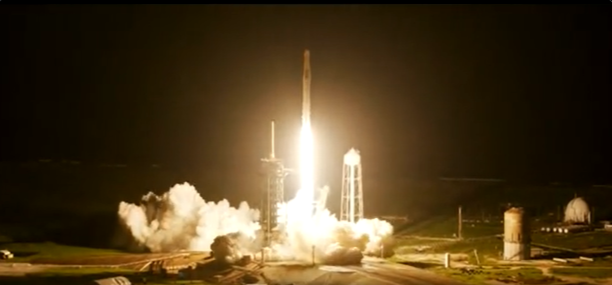SpaceX’s Falcon 9 rocket has launched the historic Polaris Dawn Mission off the coast of Florida. The crew, drawn from the Dragon and the Polaris Dawn, is expected to spend 5 days in the orbit on a research mission before their final splashdown in the coming days.
The mission is remarkably the first commercial spacewalk, as the crew is expected to reach the highest ever flown, taking advantage of the Falcon 9 and Dragon’s maximum performance, in collaboration with SpaceX and the Polaris Program.
The human space exploration to make life multiplanetary is a mission that now seems irreversible, as technology has kept the burst on for over half a century now.
On the Falcon 9 spacecraft are four astronauts donned in a SpaceX Extravehicular Activity Suit meant to make the Polaris Dawn Mission maneuverability as seamless as possible.
The crew members include Jared Isaacman, who’s the mission commander, and Scott Poteet (mission pilot). Sarah Gillis (specialist), and Anna Menon as the mission specialist and medical officer.
Flying to the highest altitude ever, the Polaris Dawn is expected to orbit the Van Allen radiation belt, where research with the aim of understanding the “effects of spaceflight and space radiation on human health” will be conducted.
The crew will as well test the Sarlink laser-based communications in space, seeking to provide for the space communications systems needed for the future explorations of Moon and Mars.
The scientific research to enhance human health both on earth and in future spaceflights will include ‘ultrasound to monitor, detect, and quantify venous gas emboli (VGE) for the study on human prevalence of decompression sickness.’
The crew will also collect data on radiation environment to understand how space radiation affects human biological systems.
Understanding and advancing future human health spans the entire Polaris Dawn Mission, including Spaceflight-Associated Neuro-Ocular Syndrome (SANS) on long-duration spaceflight.







